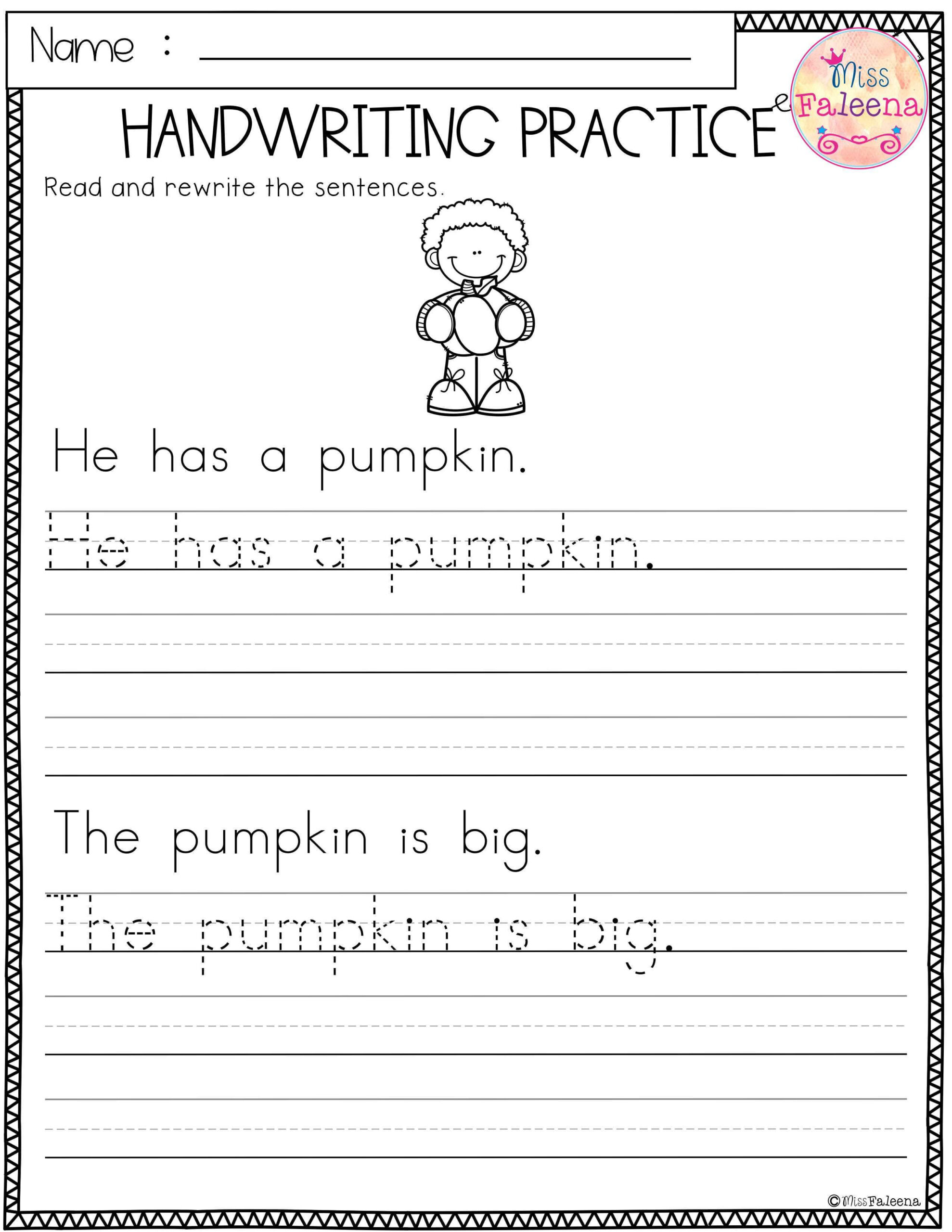
Mastering the Pen: The Indispensable Role of Writing Practice Worksheets
In an increasingly digital world, the foundational skill of writing remains as crucial as ever. From crafting compelling emails to articulating complex ideas, proficiency in written communication is a cornerstone of academic, professional, and personal success. While digital tools offer convenience, the tactile and iterative process of learning to write often begins with more traditional, yet highly effective, methods. Among these, writing practice worksheets stand out as an invaluable resource for learners of all ages. This comprehensive guide will delve into the multifaceted benefits, diverse applications, and effective strategies for utilizing writing practice worksheets to cultivate strong writing skills.
The Unparalleled Value of Writing Practice Worksheets
At their core, writing practice worksheets provide structured, repetitive exercises designed to reinforce specific writing skills. Unlike free-form writing, which can be daunting for beginners, worksheets break down the writing process into manageable steps, making learning accessible and less intimidating. Their benefits extend far beyond simply putting pen to paper:
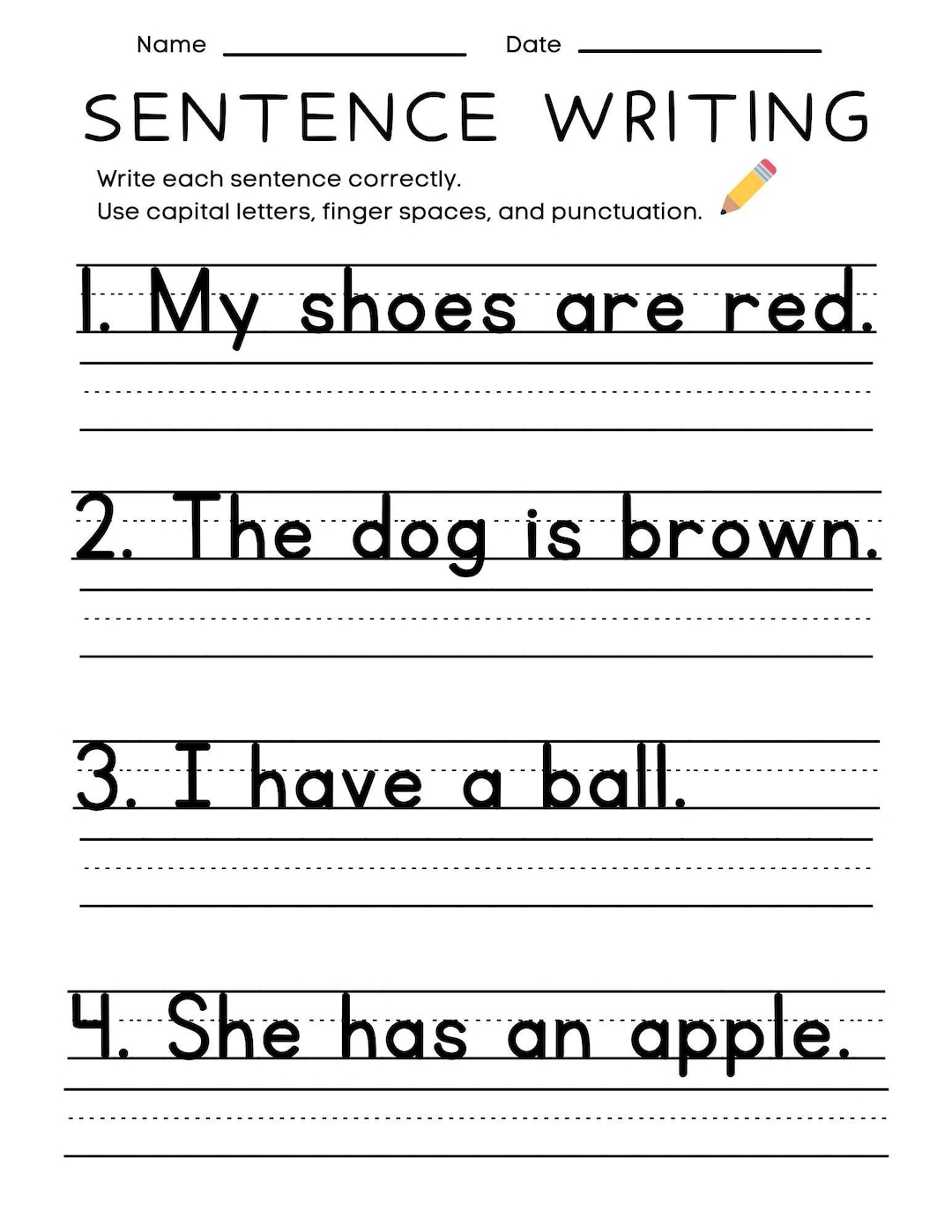
- Developing Fine Motor Skills: Especially for younger learners, tracing letters, forming shapes, and controlling a writing instrument are crucial for developing the fine motor skills necessary for legible handwriting.
- Reinforcing Fundamental Concepts: Worksheets offer targeted practice in areas such as letter recognition, phonics, sight words, capitalization, punctuation, and basic grammar rules. This repetitive exposure helps solidify these foundational elements.
- Building Vocabulary and Spelling: Many worksheets incorporate word banks, fill-in-the-blanks, and spelling exercises that expand a student’s lexicon and improve their ability to spell correctly.
- Improving Sentence and Paragraph Structure: As learners progress, worksheets guide them through constructing complete sentences, varying sentence structure, and organizing thoughts into coherent paragraphs with clear topic sentences and supporting details.
- Fostering Creativity and Critical Thinking: Prompts, story starters, and creative writing exercises within worksheets encourage imaginative thinking, problem-solving, and the development of unique narratives.
- Boosting Confidence: Successfully completing structured tasks on worksheets provides a sense of accomplishment, building confidence in one’s writing abilities, which is essential for tackling more complex writing assignments.
- Providing Immediate Feedback: Worksheets often have clear right or wrong answers for objective questions, allowing for immediate self-correction or quick teacher assessment. For subjective tasks, they provide a tangible output for review and discussion.
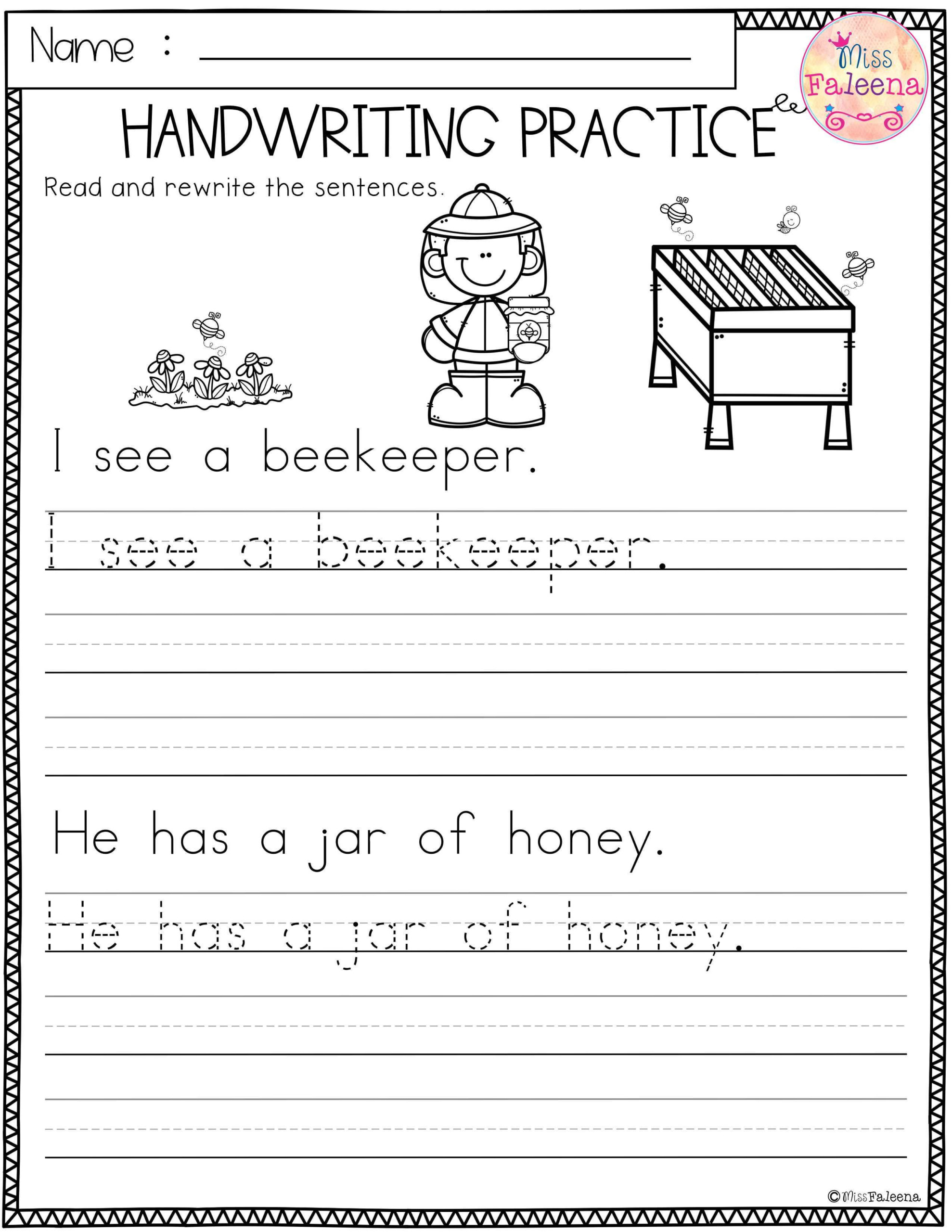

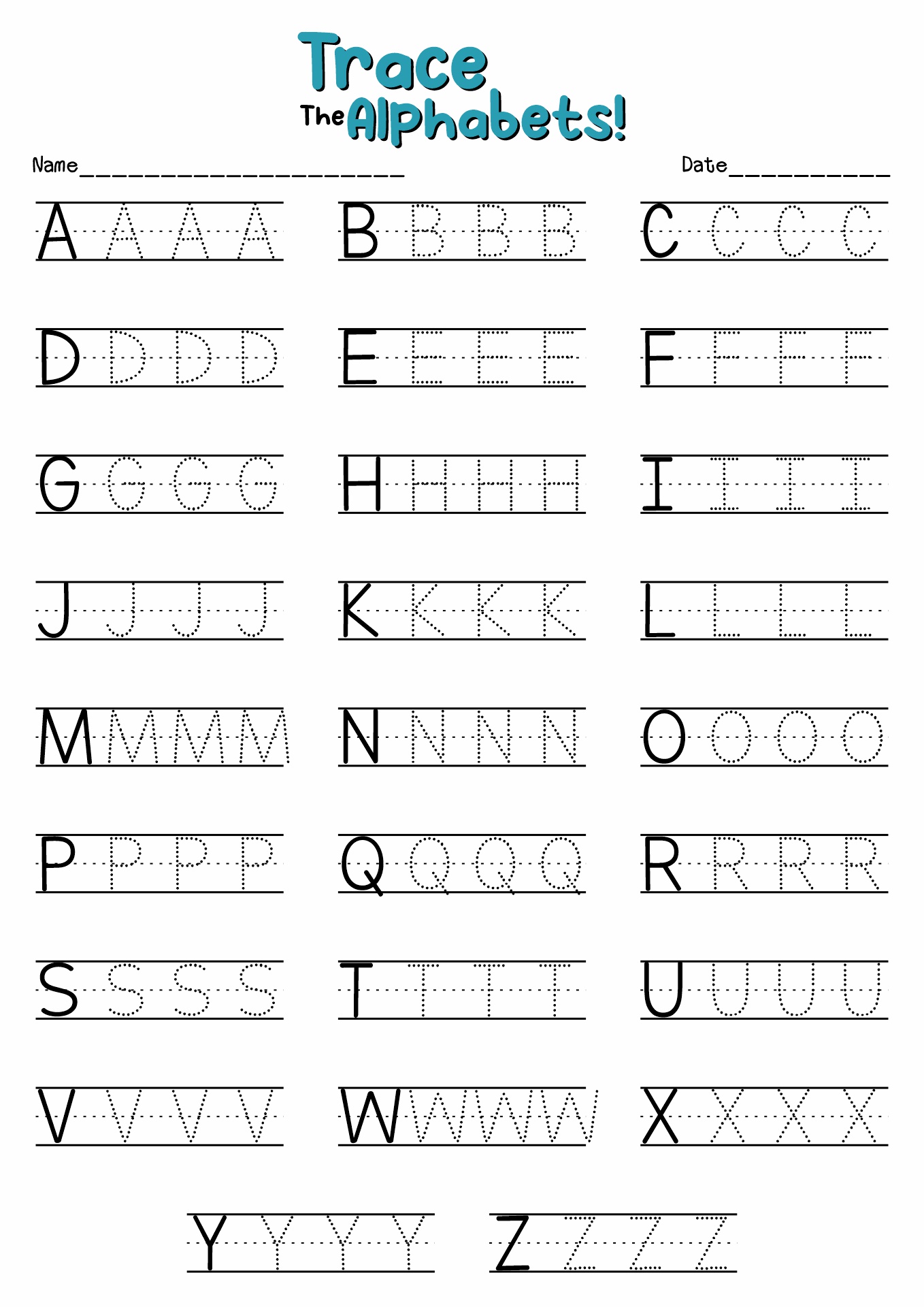
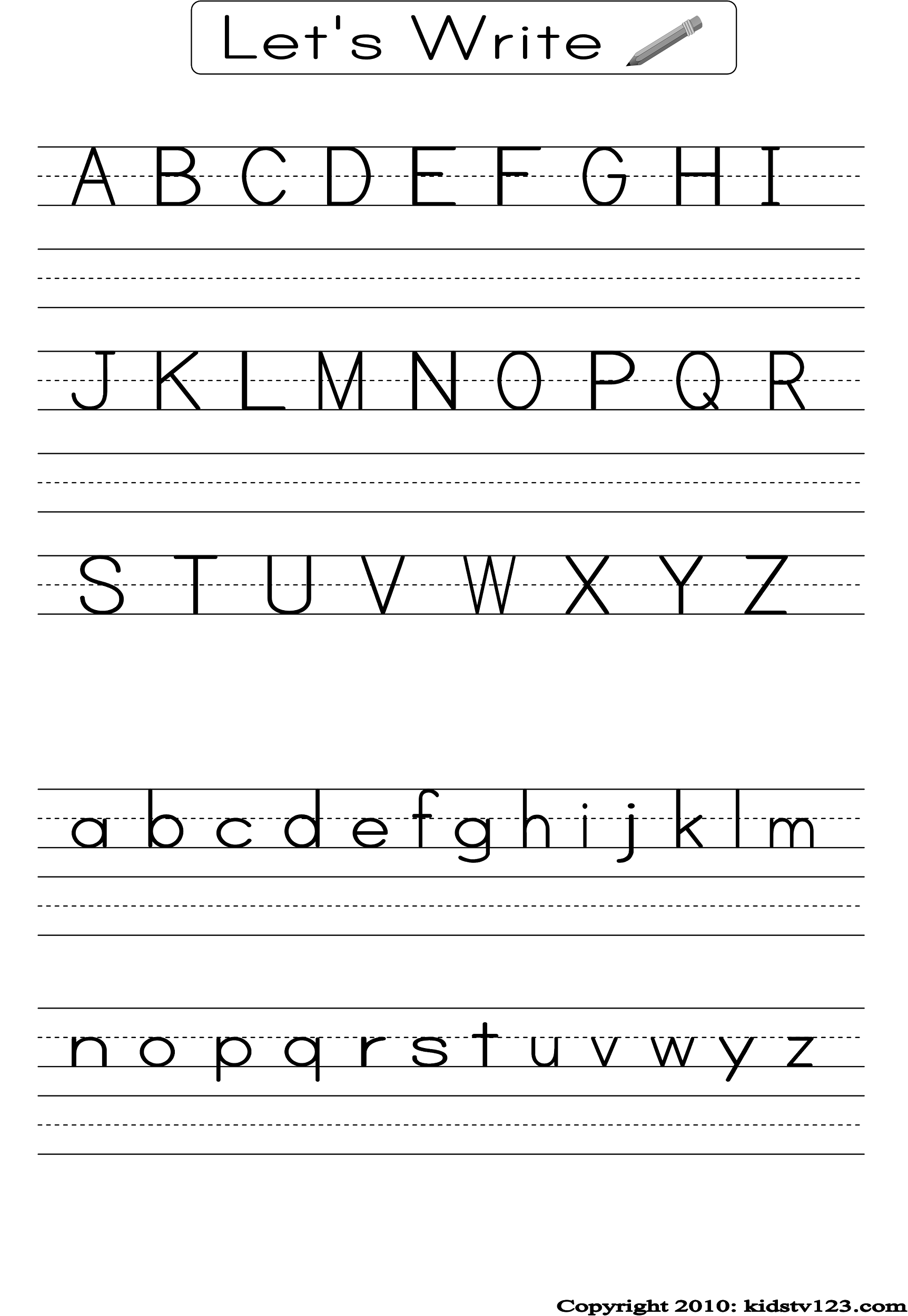

A Spectrum of Writing Practice Worksheets: Tailoring to Every Need
The beauty of writing practice worksheets lies in their incredible versatility. They can be tailored to various age groups, skill levels, and specific learning objectives.
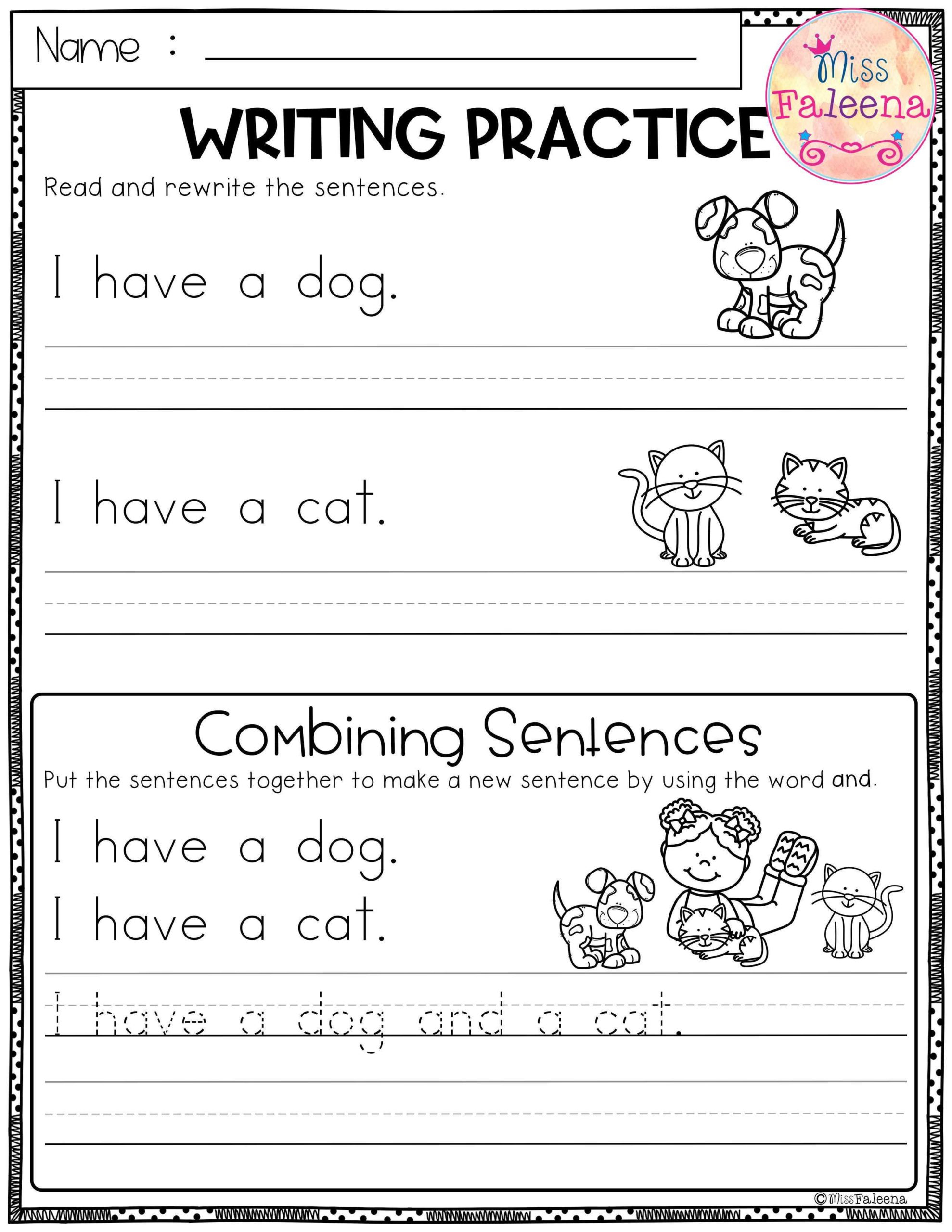
For Early Learners (Pre-K to 1st Grade):
- Tracing Worksheets: Focus on letter formation (uppercase and lowercase), numbers, and simple shapes to develop pencil grip and control.
- Letter Recognition and Phonics Worksheets: Matching letters to sounds, identifying beginning sounds, and simple CVC (consonant-vowel-consonant) word practice.
- Sight Word Worksheets: Repeated writing of high-frequency words to improve recognition and recall.
- Simple Sentence Completion: Filling in missing words in basic sentences or copying short sentences.
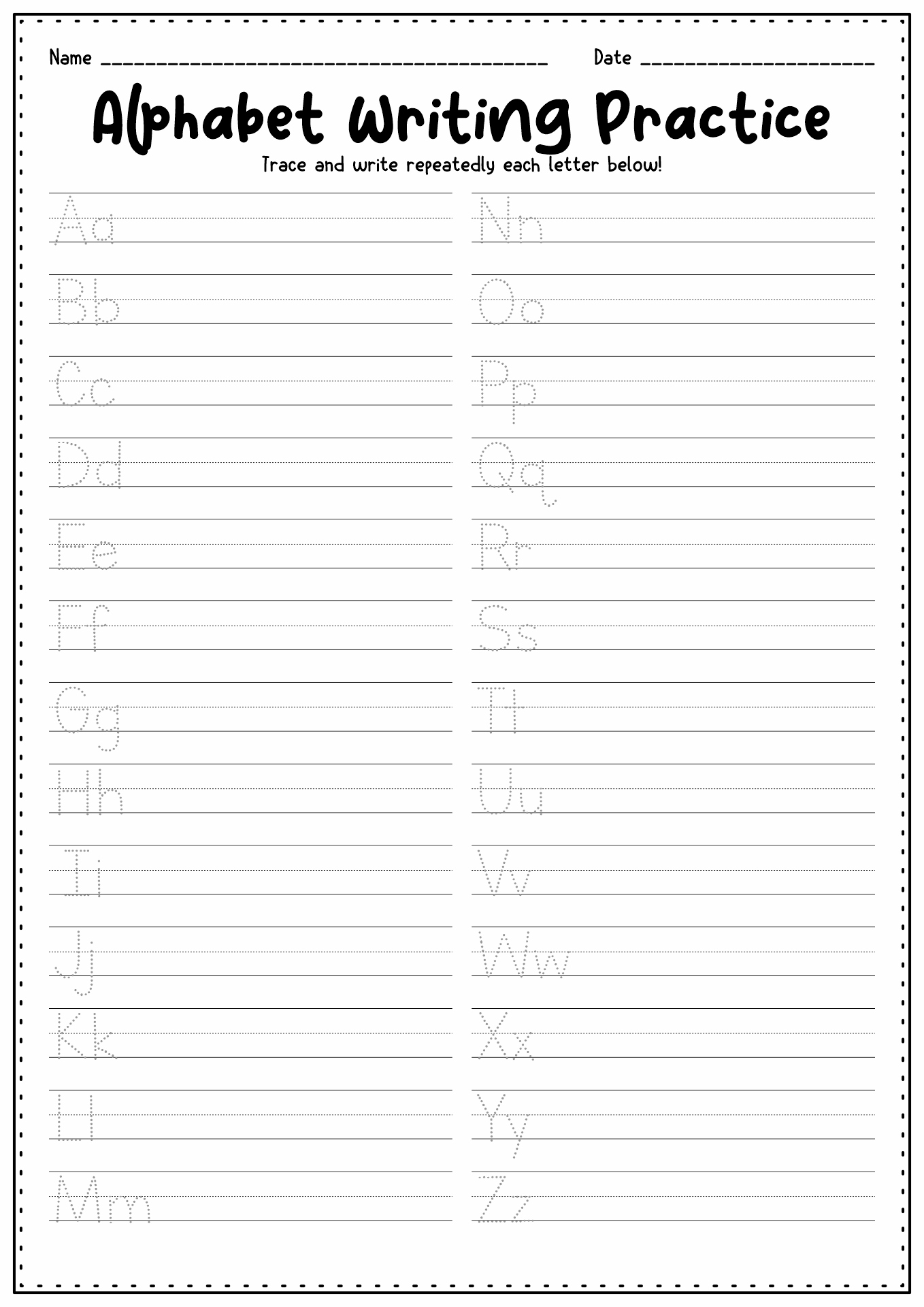

For Elementary School (2nd-5th Grade):
- Grammar and Punctuation Worksheets: Exercises on parts of speech (nouns, verbs, adjectives), subject-verb agreement, commas, periods, question marks, and exclamation points.
- Sentence Combining Worksheets: Teaching students how to combine short, choppy sentences into more complex and flowing ones.
- Paragraph Writing Worksheets: Guiding students through the structure of a paragraph, including identifying topic sentences, supporting details, and concluding sentences.
- Descriptive Writing Prompts: Encouraging the use of sensory details and vivid language to describe people, places, or objects.
- Story Starters and Creative Writing Prompts: Providing an opening line or a scenario to spark imaginative storytelling.
For Middle School (6th-8th Grade) and Beyond:
- Essay Structure Worksheets: Outlining argumentative, persuasive, or expository essays, focusing on thesis statements, body paragraphs, evidence, and conclusions.
- Figurative Language Worksheets: Identifying and using similes, metaphors, personification, and hyperbole.
- Research Skill Worksheets: Guiding students on how to formulate research questions, identify credible sources, and take effective notes.
- Advanced Grammar and Syntax Worksheets: Tackling complex sentence structures, parallel construction, and advanced punctuation rules.
- Response to Literature Worksheets: Prompting students to analyze literary texts, identify themes, and support their interpretations with textual evidence.
Beyond these general categories, there are also specialized writing practice worksheets designed for English as a Second Language (ESL) learners, students with learning disabilities, or those needing extra support in specific areas.
Maximizing the Impact: Strategies for Effective Use of Writing Practice Worksheets
Simply handing a student a worksheet isn’t enough. To truly unlock their potential, educators and parents should employ strategic approaches:
- Set Clear Objectives: Before starting, ensure the student understands what skill the worksheet aims to develop.
- Provide Clear Instructions: Go over the directions together, especially for younger learners or those struggling with reading comprehension.
- Start Simple and Gradually Increase Difficulty: Begin with tasks that are within the student’s comfort zone to build confidence, then slowly introduce more challenging concepts.
- Offer Constructive Feedback: Don’t just mark answers right or wrong. Explain why an answer is incorrect and guide the student towards understanding the correct approach. Focus on progress, not just perfection.
- Integrate with Other Learning: Connect the content of the worksheets to reading materials, real-world events, or other subjects to make learning more relevant and engaging.
- Make it Engaging: Use colorful worksheets, incorporate games, or allow students to choose prompts that genuinely interest them. A fun approach can significantly increase motivation.
- Encourage Revision and Self-Correction: Teach students to review their own work, identify errors, and make corrections. This fosters independence and critical thinking.
- Balance with Free Writing: While worksheets provide structure, it’s crucial to also allow opportunities for free, uninhibited writing where students can explore their ideas without strict constraints.
- Consistency is Key: Regular, short sessions with writing practice worksheets are often more effective than infrequent, long ones. Daily or weekly practice helps reinforce skills.
Finding Your Perfect Match: Where to Discover Quality Writing Practice Worksheets
The digital age has made finding high-quality writing practice worksheets easier than ever.
- Online Educational Platforms: Websites like Teachers Pay Teachers, K5 Learning, Khan Academy, Education.com, and Scholastic offer vast libraries of printable worksheets, often categorized by grade level and skill. Many are free, while others require a subscription or one-time purchase.
- School and Library Resources: Many schools provide access to online resources or have workbooks available for borrowing. Local libraries often have a collection of educational materials.
- Educational Publishers: Reputable educational publishers produce comprehensive workbooks specifically designed for writing skill development.
- Non-Profit Organizations: Organizations focused on literacy and education often provide free resources on their websites.
- Create Your Own: For highly specific needs, or to personalize content, creating your own worksheets using word processors or online template tools can be very effective.
Beyond the Worksheet: Integrating Writing Practice Worksheets into a Holistic Approach
It’s important to view writing practice worksheets as a powerful tool within a broader strategy for writing development, rather than the sole solution. They serve as excellent warm-ups, skill-builders, and reinforcement mechanisms. However, true writing proficiency blossoms when worksheets are combined with:
- Extensive Reading: Reading widely exposes students to different writing styles, vocabulary, and sentence structures.
- Regular Free Writing/Journaling: Encouraging daily journaling or creative writing allows students to express themselves without pressure, fostering a love for writing.
- Real-World Writing Tasks: Have students write grocery lists, thank-you notes, emails, or even short stories to family members. Applying skills in practical contexts makes them more meaningful.
- Discussions and Brainstorming: Oral communication often precedes written communication. Discussing ideas and brainstorming together can help students organize their thoughts before writing.
- Peer and Teacher Feedback: Constructive feedback from others is invaluable for identifying areas for improvement and understanding how one’s writing is perceived.
Conclusion
Writing practice worksheets are far more than just busywork; they are fundamental building blocks in the journey towards becoming a confident and competent writer. From aiding in the development of fine motor skills in preschoolers to refining complex essay structures for high schoolers, their structured approach offers targeted practice and tangible progress. By selecting appropriate materials, employing effective teaching strategies, and integrating them into a holistic approach to literacy, parents and educators can harness the immense power of writing practice worksheets to unlock the full writing potential of every learner. In a world that increasingly values clear and effective communication, investing in strong writing skills through consistent practice with these invaluable tools is an investment in a brighter future.
